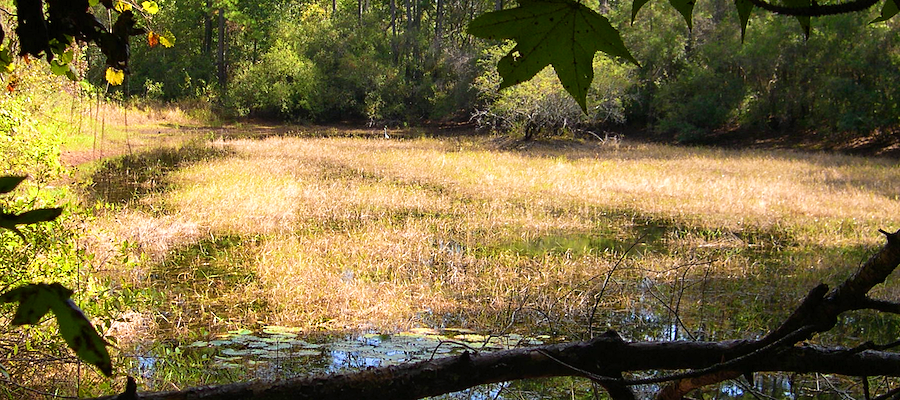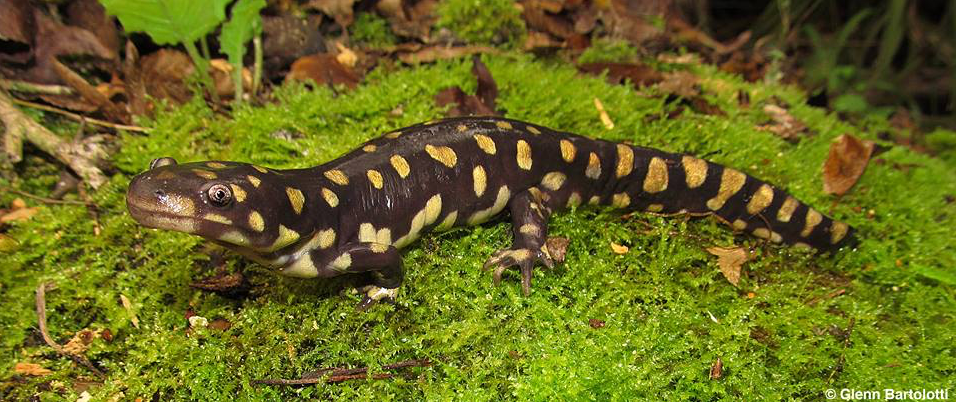Wetlands Preservation

Several years ago while meeting with an environmental group from South Florida the question “Are we sacrificing our uplands to save our wetlands?” was raised. “And in doing so are we driving extinction?”
The questions hit home and have become a topic of conversation with me as I try to get others engaged in thinking about what we’re doing, and what the proper course of action to accomplish our goals should be.
In reviewing the agendas of various government agencies and private organizations I have noticed one glaring fact. Not many of them seemed able to look at the issues with a regional view. It is like they all have blinders on, so they can ignore what their single-minded approach is actually doing to the regional ecosystems.
First we need to take a look at how a wetland is defined by governmental agencies and environmental groups.
This need for this review first came to my attention when I attended a meeting several years ago in Florida where two road projects were being proposed. One of them caught my attention immediately. The originally proposed route of the road crossed through an area that had been logged for decades. However, when a forensic study was done it was found to be a wetland. Of course it is now a bedded, mono-culture, pine planted wetland, but according to state definition, a wetland none-the-less.
So according to state policy the road had to be moved to run across an untouched, pristine upland, completely destroying it in order to save the “wetland.”
From an environmental point of view destroying this upland to save a non-viable, mono-culture, bedded wetland that stands no chance of being restored made absolutely no sense.
Clearly the state definition of a wetland needs to be changed to incorporate some greater flexibility, so that when this sort of situation is encountered we don’t use the “once upon a time” approach. Then appropriate actions can be taken to preserve that which is the most valuable, and a restoration plan can be put in place for those areas that are damaged but salvageable.
"While the department required the mining companies to plan for and restore wetlands once they were finished using various tracts of land for mining purposes, they had absolutely no requirements for them to restore the uplands required by pond-breeding amphibians to survive."
This single-mindedness was also evident to me during my time at Florida's Department of Mine Reclamation where the conundrum of "wetlands versus uplands" was painfully obvious. While the department required the mining companies to plan for and restore wetlands once they were finished using various tracts of land for mining purposes, they had absolutely no requirements for them to restore the uplands required by pond-breeding amphibians to survive.
These are just two examples of the singular view of the environmental problems that face not only Florida but other parts of North and South America as well: there is no balanced, regional ecosystem protection plan, which both protects our wetlands and ensures adequate uplands protection.

Are we driving extinction?
One fallacy I have observed is that many wetland commission members seem to believe that if you save the wetland, you have saved the species that use the wetland. This can be far from the truth since many species use vernal pools for only a part of their life cycle. Salamanders, for example, may live a half mile away from the pond where they breed. If all upland areas around a vernal pool are developed, then the vernal pool animals will have someplace to breed, but no place to live, demonstrating that the terrestrial habitat surrounding vernal ponds is as important for their survival as the wetland habitat. Around half of all the world’s salamander species are listed as Threatened by the International Union for Conservation of Nature (IUCN)."This limits the gene flow and genetic diversity between the isolated populations on either side and this greatly increases the chances of extirpation."
This includes the rare Tiger Salamander. The roads that run through natural areas also fragment the existing populations, drastically making them smaller in size. This limits the gene flow and genetic diversity between the isolated populations on either side and this greatly increases the chances of extirpation. Their survival depends on us protecting the natural upland habitat, with no roads, for at least 1 mile around breeding ponds, and maintaining natural connections among breeding sites. Another example is the Flatwoods Salamander whose native habitat of longleaf pine wiregrass flatwoods is now extremely rare. Only about 3 percent of this habitat remains, with the rest lost to development, agriculture and silviculture. Fire suppression has also made much of this landscape uninhabitable for these salamanders, and even where controlled burns are used, they're often conducted during the wrong season. The Flatwoods Salamander’s ancestral home, the longleaf pine ecosystem, has been decimated by the thoughtless actions of those who are supposed to protect them.
If we continue our practice of saving solely the wetlands at the expense of the uplands, and continue allowing the uncontrolled development of these surrounding upland habitats, we are indeed signing many species' extinction papers.
Is there an answer?
Wetlands are vital. They need to be and can be protected. But it should not be at the expense of the uplands. A balanced, regional ecosystem protection plan, which protects our wetlands and ensures adequate uplands protection in combination, is what we need to be looking at.As these ecosystems span our communities, we need to start working with each other in their protection. We must start to rely on each other to look at the larger picture. An outlook that views our region as a whole, not just a small piece that is our community. We need to see how our decisions will affect our neighbors, not just ourselves.
Whether helping to establish new protected areas, expanding buffer zones, linking them with corridors that allow wildlife to range naturally, or creating overarching safeguards for entire eco-regions, governments and other stakeholders need to be required to think and act on large scales and often to collaborate beyond their normal spheres of influence. Historically we have seen that most government officials can’t or don’t want to view things in that manner. They only want to view things with a parcel by parcel view with no vision on how their decisions impact the rest of the region.
So, its up to us. It’s not going to be easy, but nothing worth doing is. We will need to educate our neighbors, join and work with our local and governmental environmental organizations and elect officials that have demonstrated a regional vision when it comes to protecting our natural world. We need to actively participate at the grassroots level as this is, in fact, the only methodology to actually achieve any real change.
Save the Salamanders, Threats to Salamanders, www.savethesalamanders.com
Center for Biological Diversity https://www.biologicaldiversity.org
U.S. Fish and Wildlife Service